To install a hot tub electrical, hire a professional electrician to ensure the job is done safely and correctly. Installing a hot tub electrical requires specific knowledge and expertise to connect the necessary wiring and ensure compliance with local building codes and safety regulations.
A qualified electrician will assess the electrical capacity of your home, install a dedicated circuit, ground fault circuit interrupter (GFCI), and connect the hot tub to the electrical supply. Taking this approach will give you peace of mind and ensure a smooth installation process that prioritizes safety and compliance.
Understanding Electrical Requirements
When it comes to installing a hot tub, understanding the electrical requirements is crucial to ensure a safe and efficient setup. This section will cover the importance of proper electrical installation, common electrical requirements for hot tubs, voltage and amperage specifications, GFCI protection, and grounding requirements. By gaining a clear understanding of these elements, you can confidently install your hot tub with minimal hassle and maximum enjoyment.
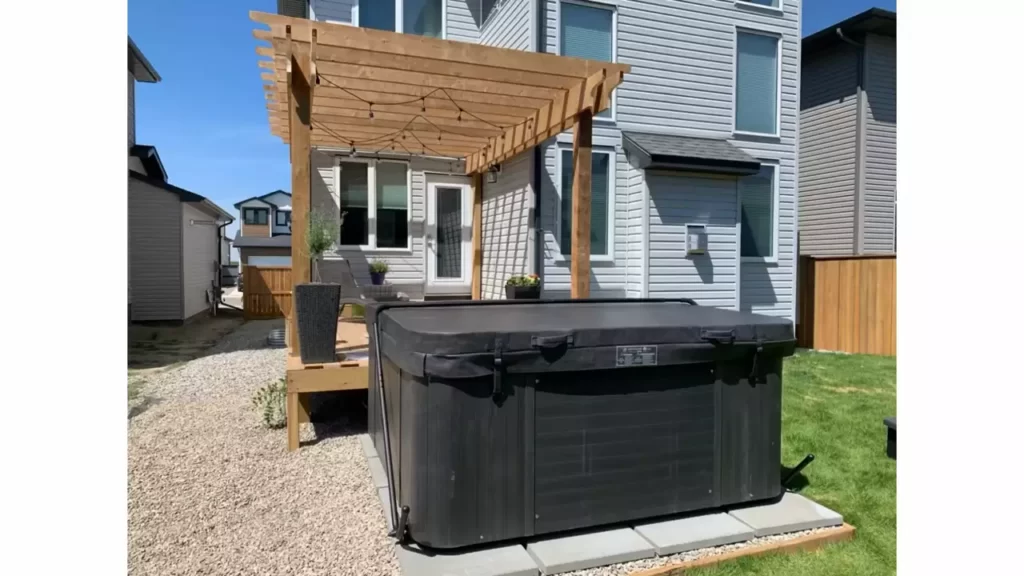
Importance of Proper Electrical Installation
Proper electrical installation is paramount when setting up a hot tub. Failing to adhere to the necessary requirements can lead to safety hazards, expensive repairs, or even damage to the hot tub itself. It’s crucial to follow manufacturer guidelines and local electrical codes to ensure that the electrical system can handle the load of the hot tub and provide safe operation. Taking shortcuts or neglecting proper installation procedures can result in serious consequences, so always prioritize safety and compliance.
Common Electrical Requirements for Hot Tubs
When it comes to electrical requirements for hot tubs, several factors need consideration. Here are the key aspects you should keep in mind:
- Voltage and amperage specifications
- GFCI protection
- Grounding requirements
Understanding and meeting these requirements is vital to ensure the safe operation of your hot tub.
Voltage and Amperage Specifications
Hot tubs typically require a dedicated circuit with specific voltage and amperage specifications. The most common options are 120V/15A, 240V/30A, and 240V/50A. The appropriate specifications depend on the size and power requirements of your hot tub. It’s important to consult the manufacturer’s instructions and a professional electrician to determine the correct voltage and amperage for proper operation.
GFCI Protection
GFCI (Ground Fault Circuit Interrupter) protection is essential for hot tub electrical installations. It provides a crucial layer of safety by detecting any unwanted electrical currents and quickly shutting down the circuit. GFCI protection is required to prevent electrical shock and is typically implemented through a GFCI breaker or an inline GFCI device. Always ensure that your hot tub electrical system includes proper GFCI protection to prioritize safety.
Grounding Requirements
Proper grounding is essential for the safe operation of a hot tub. It helps to redirect electrical surges or faults to the ground, protecting both your hot tub and anyone using it. Grounding requirements typically involve connecting the hot tub’s electrical components to a ground rod or other designated grounding electrode. It’s important to follow local electrical codes and consult a professional to ensure the grounding system meets the necessary requirements for safe operation.
By understanding the importance of proper electrical installation, familiarizing yourself with common electrical requirements for hot tubs, adhering to the voltage and amperage specifications, implementing GFCI protection, and meeting grounding requirements, you can confidently proceed with installing your hot tub and enjoy rejuvenating soaks with peace of mind.
Preparing For Installation
Before installing a hot tub and its electrical components, it is crucial to properly prepare. By gathering the necessary tools and materials, understanding wire gauge and capacity requirements, and determining the optimal location for your hot tub, you can ensure a successful and safe installation.
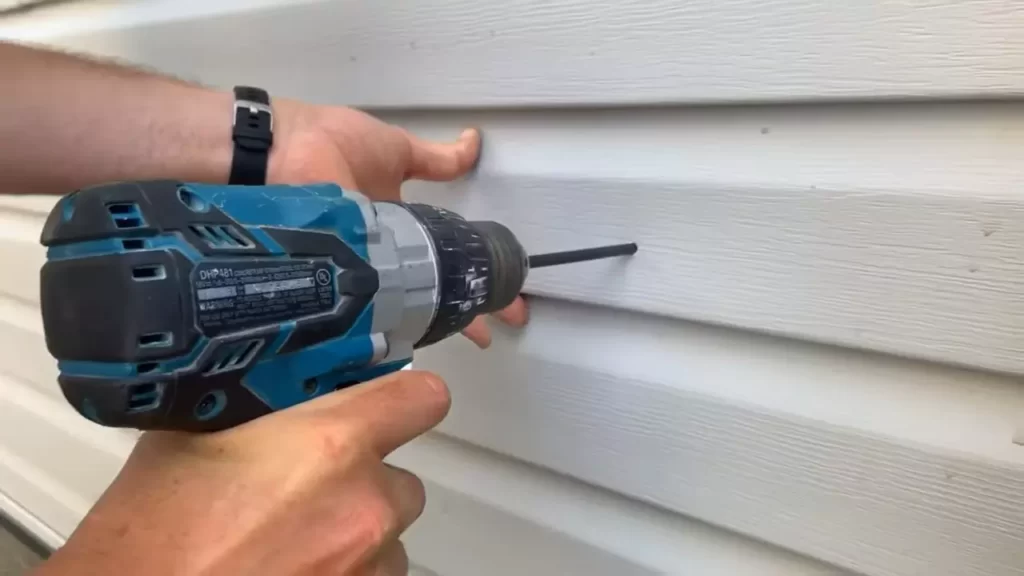
Gathering necessary tools and materials
Before you begin the installation process, make sure you have all the required tools and materials. Here is a list of the essential items you will need:
| Tools | Materials |
|---|---|
|
|
Wire strippers
Wire strippers are crucial tools for removing the insulation from electrical wires. Ensure you have a reliable pair of wire strippers with multiple size options for different wire gauges.
Conduit and connectors
Using conduit and connectors helps protect the electrical wiring from damage and moisture. It is essential to choose the appropriate size and type of conduit and connectors for your specific installation.
Electrical panel
Your electrical panel needs to have enough space for the additional circuit breaker needed for the hot tub. Check the panel’s capacity and consider consulting a licensed electrician if you are unsure.
Outdoor-rated wiring
Using outdoor-rated wiring ensures that the electrical components can withstand exposure to the elements. It is essential to choose wiring that is suitable for outdoor use and compatible with the hot tub’s power requirements.
Calculating wire gauge and capacity
Properly sizing the wire gauge and capacity is crucial for the safety and performance of your hot tub. Consult the manufacturer’s guidelines and consider factors such as the distance from the electrical panel to the hot tub and the voltage requirements.
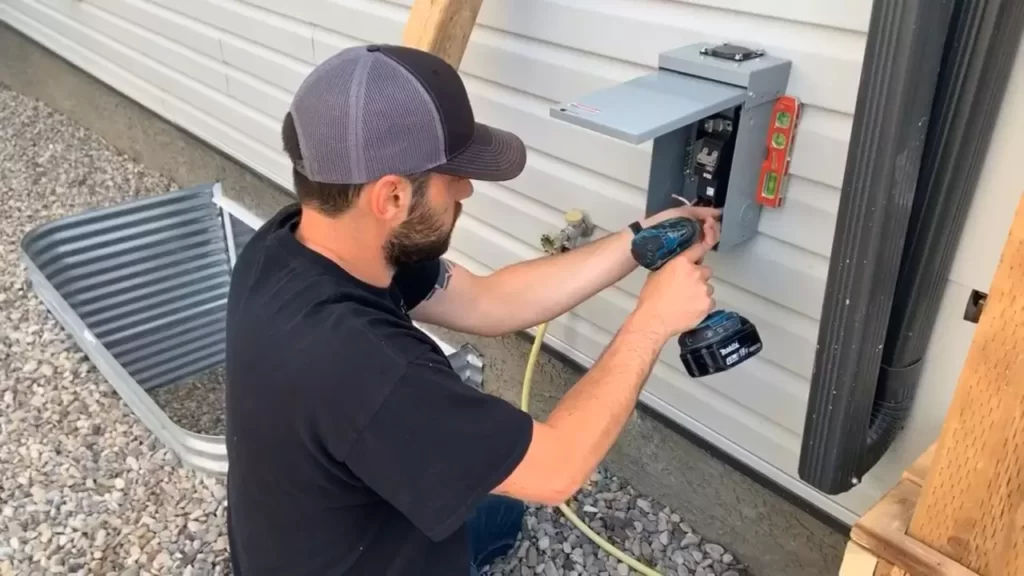
Determining optimal location for the hot tub
Choosing the right location for your hot tub is important to ensure convenience, accessibility, and compliance with electrical codes. Consider factors such as proximity to the electrical panel, availability of a solid foundation, and accessibility for future maintenance.
By preparing for the installation process with the right tools, materials, and knowledge of wire gauge and capacity, you can ensure a successful and safe electrical installation for your hot tub. Additionally, determining the optimal location will contribute to a more enjoyable and functional hot tub experience.
Planning The Electrical Circuit
When it comes to installing a hot tub, proper electrical planning is crucial. Taking the time to assess your existing electrical capacity, consulting local building codes and regulations, and hiring a licensed electrician will help ensure a safe and efficient installation. Here are some important steps to consider when planning the electrical circuit for your hot tub:
Assessing existing electrical capacity
Before installing a hot tub, it’s important to assess your existing electrical capacity to determine if it can support the additional load. Consider the following:
- Check the amperage of your current electrical service and determine if it meets the requirements for a hot tub.
- Calculate the total electrical load of your home to ensure it won’t be overloaded by the hot tub’s energy demands.
- Consider the location of your electrical panel and determine if it’s conveniently located for the hot tub’s installation.
Consulting local building codes and regulations
Local building codes and regulations vary, so it’s important to consult with the appropriate authorities to ensure compliance. Follow these steps:
- Research the specific requirements for hot tub installations in your area.
- Contact your local building department or electrical inspector to obtain the necessary permits and guidelines.
- Ensure that the chosen location for the hot tub installation meets the setback requirements and any other specifications outlined in the regulations.
Hiring a licensed electrician
When it comes to electrical work, it’s always best to hire a licensed electrician who has the necessary knowledge and expertise. Follow these steps:
- Ask for recommendations from friends, family, or neighbors who have had hot tubs installed.
- Search online directories to find licensed electricians specializing in hot tub installations.
- Contact multiple electricians and request their credentials and experience in hot tub installations.
Checking credentials and experience
Before making a final decision on hiring an electrician, ensure you check their credentials and experience:
- Ask for proof of their valid license and any certifications they may have.
- Inquire about their experience specifically with hot tub installations.
- Read reviews or testimonials from previous customers to gauge their reputation and reliability.
Requesting cost estimates
Getting cost estimates from different electricians will help you make a well-informed decision. Follow these steps:
- Contact multiple electricians and provide them with detailed information about your hot tub and the electrical circuit requirements.
- Request a written cost estimate from each electrician, specifying the cost breakdown for materials, labor, and any additional services.
- Compare the estimates and consider the electrician’s credentials, experience, and reputation when making your decision.
By carefully planning the electrical circuit for your hot tub installation, you can ensure a safe and efficient setup that complies with local regulations. Remember, it’s always best to consult with a licensed electrician who can handle the complexities of this project and provide you with the peace of mind you need.
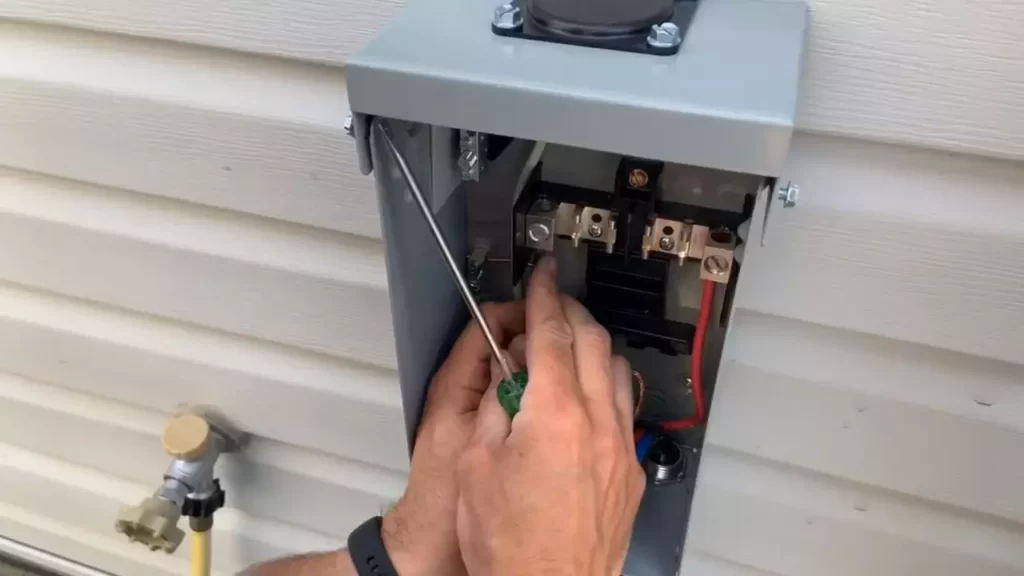
Installing The Electrical Circuit
When it comes to installing a hot tub, ensuring a safe and efficient electrical circuit is crucial. This is not a task to be taken lightly, as improper installation can lead to serious hazards. In this section, we will guide you through the process of installing the electrical circuit for your hot tub, step by step.
Shutting off power to the designated circuit
The first step in installing the electrical circuit for your hot tub is to shut off the power to the designated circuit at the main electrical panel. This is done to ensure your safety during the installation process. To do this, follow these steps:
- Locate the main electrical panel in your home.
- Identify the circuit breaker that supplies power to the designated circuit for the hot tub.
- Flip the switch of the circuit breaker to the “off” position.
Once the power to the designated circuit is shut off, you can proceed with the next steps.
Running conduit to the hot tub location
Now that the power is shut off, the next step is to run conduit to the location where your hot tub will be installed. Conduit provides a protective housing for the electrical wires, ensuring they are safe from any physical damage. Follow these steps to run conduit:
- Determine the most efficient route for the conduit from the electrical panel to the hot tub location.
- Measure and cut the conduit to the appropriate length.
- Attach the conduit to the electrical panel using appropriate fittings.
- Secure the conduit along the determined route, ensuring it is firmly attached to the structure.
Running conduit properly will ensure the electrical wires are protected throughout their journey to the hot tub location.
Connecting wires to the electrical panel
With the conduit in place, it’s time to connect the wires to the electrical panel. This step requires precision and caution. Follow these steps to connect the wires:
- Strip the insulation from the wires to expose a sufficient length of bare wire.
- Identify the appropriate terminals or lugs on the electrical panel to connect the wires.
- Attach the wires to the terminals or lugs, ensuring they are securely fastened.
- Double-check all connections to ensure they are tight and properly aligned.
Connecting the wires properly will ensure a reliable and safe electrical connection to your hot tub.
Installing GFCI protection
Lastly, it is essential to install Ground Fault Circuit Interruption (GFCI) protection for your hot tub. This safety feature protects against electrical shock hazards by quickly tripping the circuit when an imbalance is detected. To install GFCI protection, follow these steps:
- Locate the GFCI breaker in your electrical panel that corresponds to the hot tub circuit.
- Install the GFCI breaker into the appropriate slot in the panel.
- Connect the wires from the hot tub to the GFCI breaker, following the manufacturer’s instructions.
- Test the GFCI protection to ensure it is functioning correctly.
Installing GFCI protection is a critical step in ensuring the safety of both you and your hot tub.
Proper Grounding And Bonding
Understanding the Importance of Grounding and Bonding
In the world of hot tub installation, proper grounding and bonding are crucial aspects that should never be overlooked. Grounding ensures the safety of the hot tub users by providing a path for electrical currents to safely flow into the earth in case of a fault or surge. Bonding, on the other hand, is the process of creating a low-impedance connection between all metal components within the hot tub system, eliminating the risk of electrical shock.
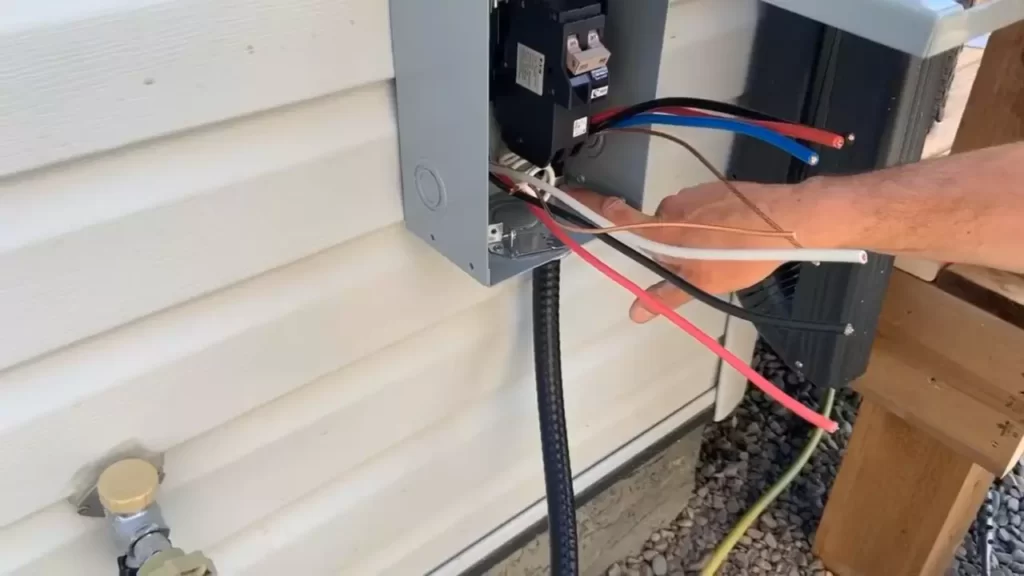
Ensuring Proper Grounding of the Hot Tub
To ensure proper grounding, there are a few key steps you need to follow. Firstly, identify the location where you plan to install your hot tub and ensure it is close to an electrical service panel. This will minimize the length of the grounding wire needed, reducing the risk of voltage drops. Next, consult the manufacturer’s instructions or a qualified electrician to determine the appropriate wire size for your specific hot tub model. This is important to ensure the wire can handle the electrical load without overheating.
Once you have the correct wire size, it’s time to install the grounding electrode conductor. This conductor should be connected to the grounding rod and run directly to the service panel. Make sure to create a clean and tight connection at both ends, using proper grounding clamps. It’s also essential to keep the grounding wire away from other electrical wires or plumbing pipes to avoid interference.
Remember, the grounding wire should never be used as a bonding conductor.
Installing Bonding Connections
Bonding connections are equally important as grounding, as they ensure that all metal components in the hot tub system are electrically connected. This prevents any potential difference in voltage between different metal parts, reducing the risk of electric shock. Here are the essential steps to follow when installing bonding connections:
- Identify all metal components that require bonding, including the hot tub shell, pumps, motors, filters, and heaters.
- Clean the surfaces of these components to remove any dirt, rust, or paint that may hinder proper bonding. This can be done using a wire brush or sandpaper.
- Connect all the metal components together using a bonding wire with the appropriate gauge and make sure to create a secure and low-impedance connection.
- Ensure all bonding connections are accessible and easily visible for inspection purposes.
- Periodically inspect the bonding connections to ensure they remain secure and intact over time.
By adhering to these guidelines, you’ll help create a safe and reliable electrical system for your hot tub. Always remember to consult local codes and regulations, and if in doubt, seek the guidance of a licensed electrician to ensure a proper installation.
Testing And Inspection
Conducting voltage and continuity tests
When installing a hot tub electrical system, it is crucial to ensure the safety and functionality of the wiring. This is where conducting voltage and continuity tests becomes paramount. By doing so, you can identify any potential issues and make necessary adjustments.
During the voltage test, a multimeter is used to measure the voltage levels at various points in the system. This helps determine if the electrical circuit is functioning correctly and if there are any abnormal readings that could potentially lead to electrical hazards. Additionally, the continuity test checks if there is a complete path for the electric current to flow, ensuring that there are no breaks or gaps in the wiring.
Verifying proper grounding and bonding
Proper grounding and bonding are absolutely crucial for the safe operation of a hot tub electrical system. Grounding provides a pathway for electrical discharge, preventing electrical shocks to users and safeguarding against potential damages. On the other hand, bonding helps ensure that all metal components of the hot tub, such as the pump, heater, and shell, are electrically connected to prevent potential voltage differences and reduce the risk of electric shock.
During the installation process, it is essential to verify that the grounding and bonding systems are properly installed and connected to the appropriate points in the electrical circuit. This includes checking the ground rod for stability and conductivity, inspecting the bonding wire for any damage or breaks, and ensuring all connections are secure.
Scheduling a professional inspection
While conducting your own tests and inspections can significantly contribute to the overall safety of the hot tub electrical system, it is always recommended to schedule a professional inspection. Professional inspectors have the knowledge and expertise to identify any underlying issues that may have been missed during the installation process.
During the professional inspection, the inspector will thoroughly examine the entire electrical system, including the wiring, connections, breaker panel, and circuitry. They will also verify that all electrical components, such as pumps, heaters, controllers, and lights, are functioning properly and meet the necessary safety standards. This comprehensive inspection provides peace of mind, knowing that your hot tub electrical system is safe, reliable, and compliant with the required regulations.
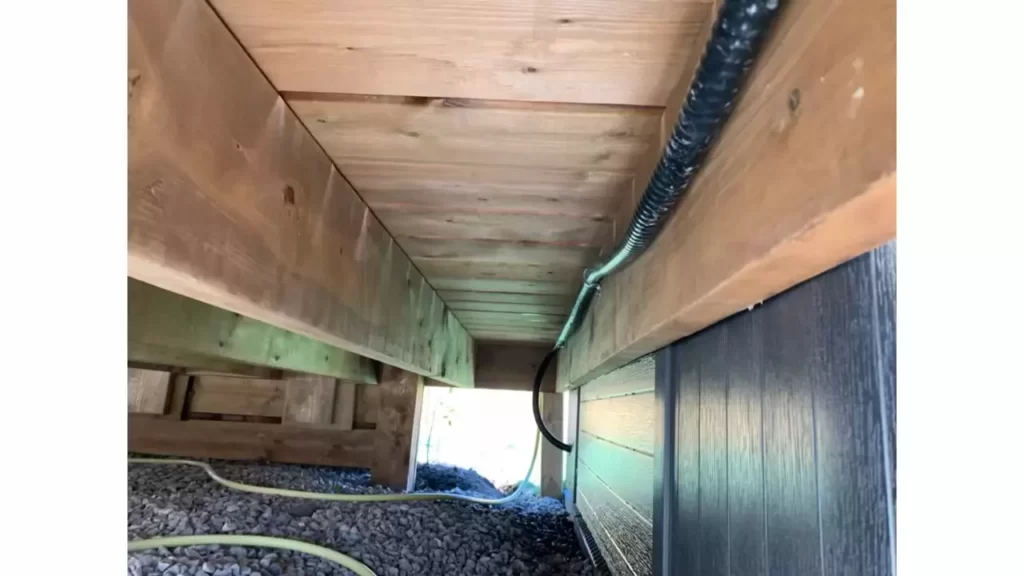
Final Steps And Safety Precautions
As you near the end of your hot tub installation, it’s crucial to focus on the final steps and safety precautions to ensure a successful and hazard-free experience. Taking the time to secure all electrical connections, weatherproof the electrical components, educate users on safety guidelines, and establish a routine maintenance and troubleshooting routine will protect both the hot tub and its users in the long run.
Securing all electrical connections
Before you can fully enjoy your hot tub, it’s important to secure all electrical connections to prevent any accidents or damage. To do this, carefully follow the manufacturer’s instructions provided with the hot tub, ensuring you connect the wires correctly and firmly. This will reduce the risk of electrical faults and potential hazards.
Weatherproofing the electrical components
Another critical step in ensuring the safety and longevity of your hot tub is weatherproofing the electrical components. This protects the electrical system from moisture, which can cause damage and electrical malfunctions. To weatherproof the electrical components, consider the following steps:
- Inspect and seal any gaps or openings using waterproof caulk or tape to prevent water from entering the electrical components.
- Use weatherproof covers or enclosures to shield the electrical connections and components from rain, snow, and other external elements.
- Ensure all electrical components are placed in a secure and elevated location, away from potential water sources.
Educating users on safety guidelines
While a hot tub can provide a luxurious and relaxing experience, it’s essential to educate users about safety guidelines to avoid any accidents or injuries. Create a clear and concise set of safety guidelines and ensure every user is aware of them before using the hot tub. These guidelines may include:
- No running, diving, or jumping in or around the hot tub.
- Children should always be supervised by a responsible adult.
- Avoid using the hot tub while under the influence of alcohol or drugs.
- Keep long hair, loose clothing, and jewelry away from the hot tub’s jets and suction fittings.
- Do not exceed the recommended maximum occupancy of the hot tub.
- Always secure the hot tub’s cover when not in use to prevent accidents.
Routine maintenance and troubleshooting tips
To ensure your hot tub operates efficiently and without any issues, it’s crucial to establish a routine maintenance and troubleshooting routine. This will help identify and address any potential problems early on, minimizing downtime and increasing the lifespan of your hot tub. Consider the following maintenance and troubleshooting tips:
- Regularly check and clean the filter to remove any debris or buildup.
- Test the water chemistry and adjust the chemicals accordingly to maintain proper pH balance and cleanliness.
- Inspect the hot tub’s electrical system for any signs of wear, damage, or loose connections. If detected, seek professional assistance to resolve the issue.
- Keep the hot tub’s exterior clean and free from dirt or debris to enhance its appearance and prolong its lifespan.
- If you encounter any issues or malfunctions, refer to the hot tub’s manual or consult a professional technician for troubleshooting and repairs.
By securing all electrical connections, weatherproofing the electrical components, educating users about safety guidelines, and establishing a routine maintenance and troubleshooting routine, you can enjoy your hot tub with peace of mind and make the most of this luxurious addition to your home.
Frequently Asked Questions On How To Install A Hot Tub Electrical
How Do I Run Electricity To My Hot Tub?
To run electricity to your hot tub, follow these steps:
1. Hire a licensed electrician for safety and code compliance.
2. Install a dedicated 240-volt circuit to meet the hot tub’s power requirements.
3. Ensure proper grounding and GFCI protection for safety.
4. Run conduit and wiring from the main electrical panel to the hot tub location.
5. Connect the wiring to the hot tub’s control panel, following manufacturer instructions.
Does A Hot Tub Need A Dedicated Circuit?
Yes, a hot tub typically requires a dedicated circuit. This ensures the proper and safe functioning of the hot tub, as it requires a significant amount of electrical power. Having a dedicated circuit also prevents overloading and potential electrical hazards.
What Size Breaker Do I Need For A 220 Hot Tub?
You will need a 50 amp breaker for a 220 hot tub.
How Far Does A Breaker Have To Be From A Hot Tub?
A breaker should be located at least 5 feet away from a hot tub for safety reasons.
Conclusion
Installing a hot tub electrical system may seem daunting at first, but with the right knowledge and preparation, it can be a relatively straightforward process. By following the steps outlined in this guide, you can ensure the safety and functionality of your hot tub, allowing you to relax and enjoy the therapeutic benefits it provides.
Remember to always consult a professional electrician if you are unsure or uncomfortable performing any of the tasks involved. With proper planning and execution, you can create a backyard oasis that enhances your well-being and adds value to your home.
